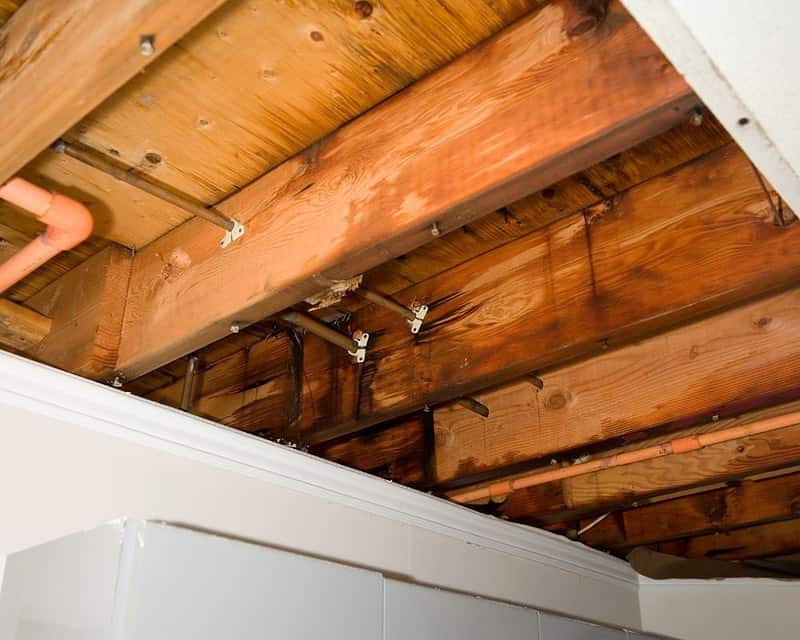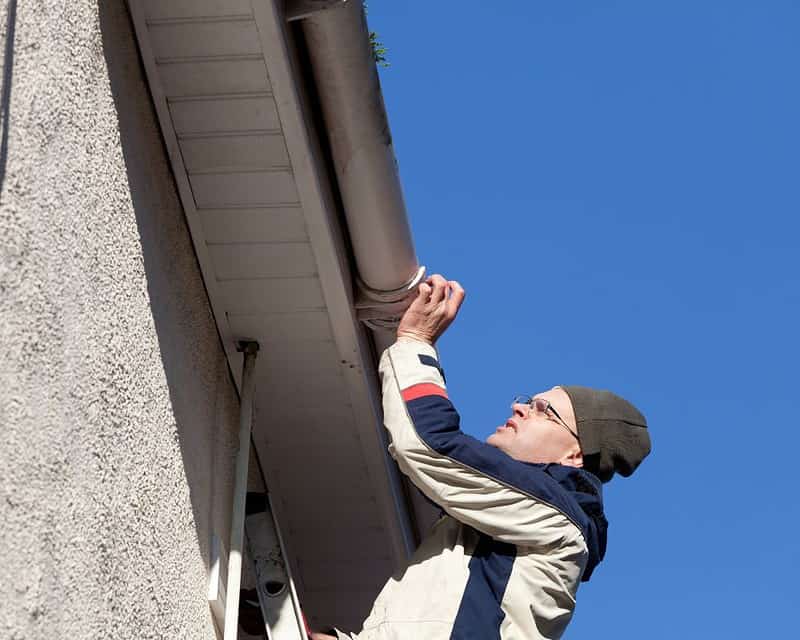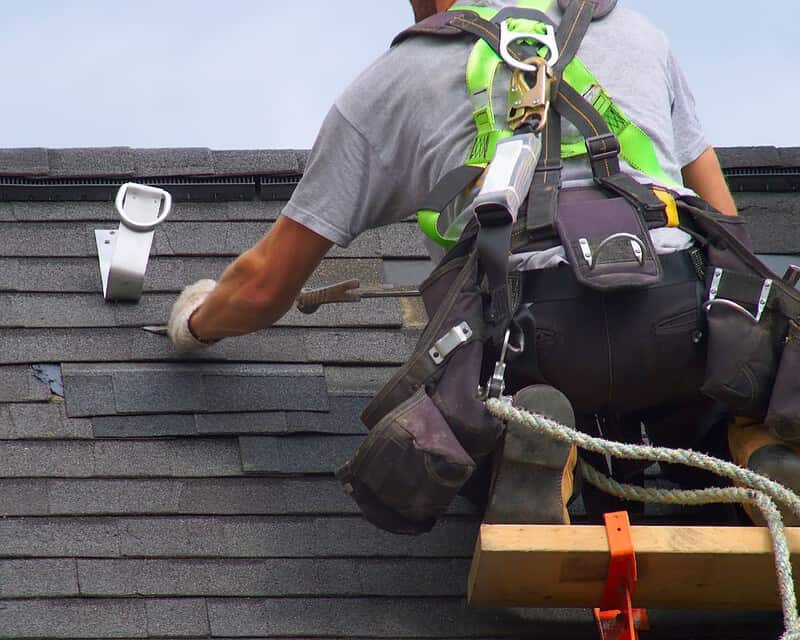The worst-case scenario for a homeowner is a leaky roof because they compromise the stability of your house and necessitate expensive repairs. Identifying and preventing roof leaks is crucial to maintaining a watertight and secure home. In this comprehensive guide, we will walk you through the step-by-step process of how to identify and prevent roof leaks and implement preventive measures. By understanding the common causes of roof leaks and following the recommended preventive actions, you can protect your home from water damage and ensure the longevity of your roof. Let’s dive into this essential guide on identifying and preventing roof leaks.
Regular Roof Inspections: The First Line of Defense

Regular roof inspections are the key to identifying potential leaks before they become major issues. Schedule professional roof inspections at least once a year or after severe weather events. During the inspection, roofing professionals will thoroughly assess the condition of your roof, identify any signs of damage or deterioration, and pinpoint areas prone to leaks. By detecting and addressing issues early on, you can prevent roof leaks from occurring in the first place.
Watch for Telltale Signs: Identifying Roof Leaks
Knowing the signs of a roof leak can help you take prompt action and prevent further damage. Look for water stains on ceilings or walls, peeling paint or wallpaper, mold or mildew growth, damp or musty odors, and water dripping or pooling inside your home. These signs often indicate a roof leak or water infiltration. Promptly addressing these warning signs can mitigate potential damage and save on costly repairs.
Check Roofing Materials and Flashing: Vulnerable Points
Roofing materials and flashing play a crucial role in keeping your roof watertight. Inspect your roof’s shingles, tiles, or metal panels for signs of damage, such as cracks, missing pieces, or curling edges. Pay special attention to flashing around chimneys, skylights, vents, and roof valleys, as these areas are particularly vulnerable to leaks. Replace damaged roofing materials and ensure flashing is installed and sealed to prevent water intrusion.
Maintain Gutters and Downspouts: Proper Water Drainage

Clogged or damaged gutters and downspouts can contribute to roof leaks by causing water to overflow and seep into the roof’s structure. Regularly clean and inspect your gutters, removing debris and ensuring they are securely attached. Repair or replace any damaged sections. Additionally, ensure that downspouts are directing water away from your home’s foundation. Proper water drainage is essential for preventing leaks and maintaining a healthy roof.
When to Replace Your Roof: The Final Solution
In some cases, the only solution to a leaking roof is to replace it. If your roof is over 10–15 years old or has extensive damage that cannot be repaired, then complete roof replacement may be necessary. Replacing an ageing or damaged roof with new materials and proper installation techniques can restore your home’s integrity and protect it from future leaks. Identify and prevent roof leaks with regular inspections, prompt repairs, and installation by a certified roofing professional like Mighty Dog Roofing, who can ensure the long-term health of your home.
The Step-by-Step Guide to Identifying and Preventing Roof Leaks
1. Schedule regular professional roof inspections at least once a year or after severe weather events.
2. Watch for telltale signs of water damage, such as water stains on ceilings or walls, peeling paint or wallpaper, mold growth, musty odors, and water dripping or pooling inside your home.
3. Check roofing materials and flashing for signs of damage, such as cracks, missing pieces, or curling edges.
4. Maintain gutters and downspouts by removing debris and ensuring they are securely attached, directing water away from your home’s foundation.
5. Replace an ageing or damaged roof with new materials and proper installation techniques by a certified roofing professional.
Conclusion

It is crucial to take the necessary actions to identify and prevent roof leaks to maintain a healthy home. By conducting regular roof inspections, watching for signs of leaks, checking roofing materials and flashing, and maintaining gutters and downspouts, you can mitigate the risk of roof leaks and protect your home from water damage. Remember, prevention is key when it comes to roof maintenance. Take the necessary steps to address issues promptly and enlist the help of roofing professionals for thorough inspections and repairs.
By following this step-by-step guide, you can ensure a watertight roof that will provide security and peace of mind for years. Don’t let roof leaks compromise the safety and value of your home—take action today to keep your roof in optimal condition.
